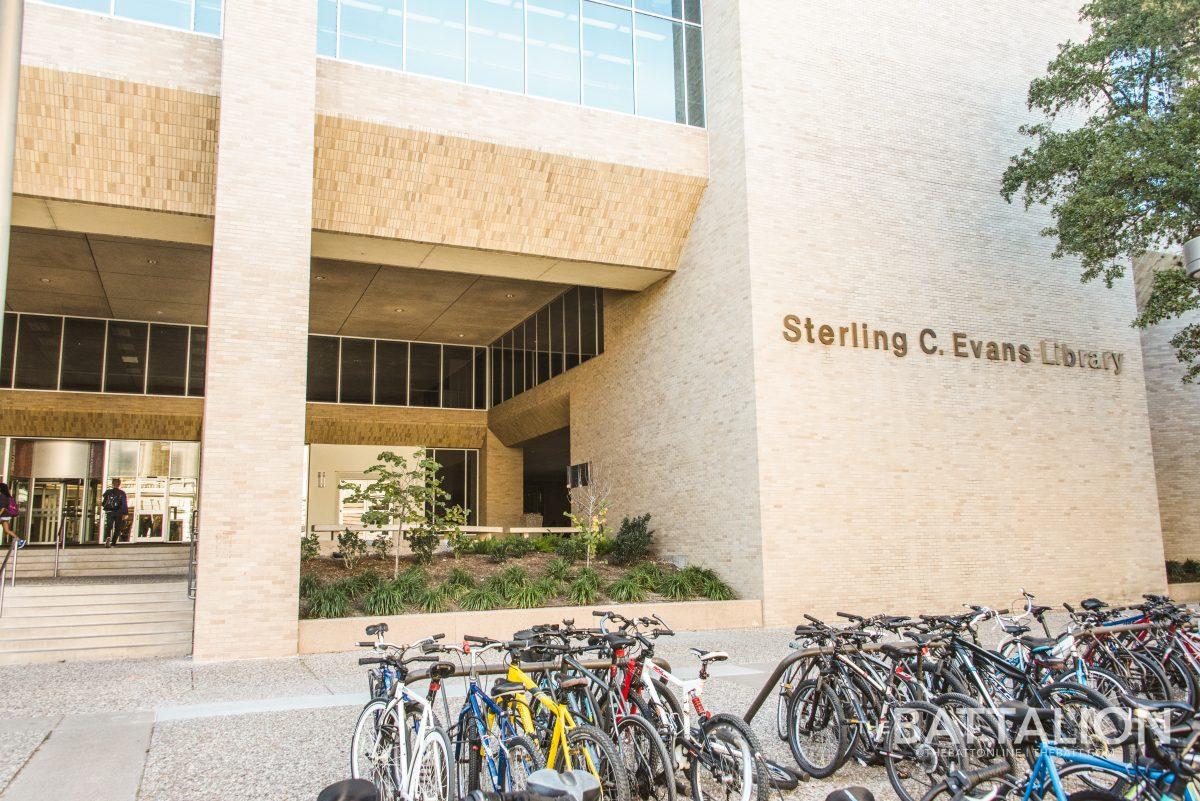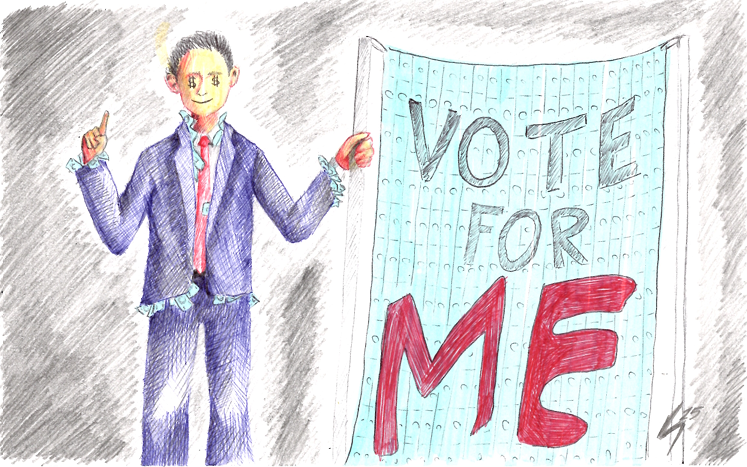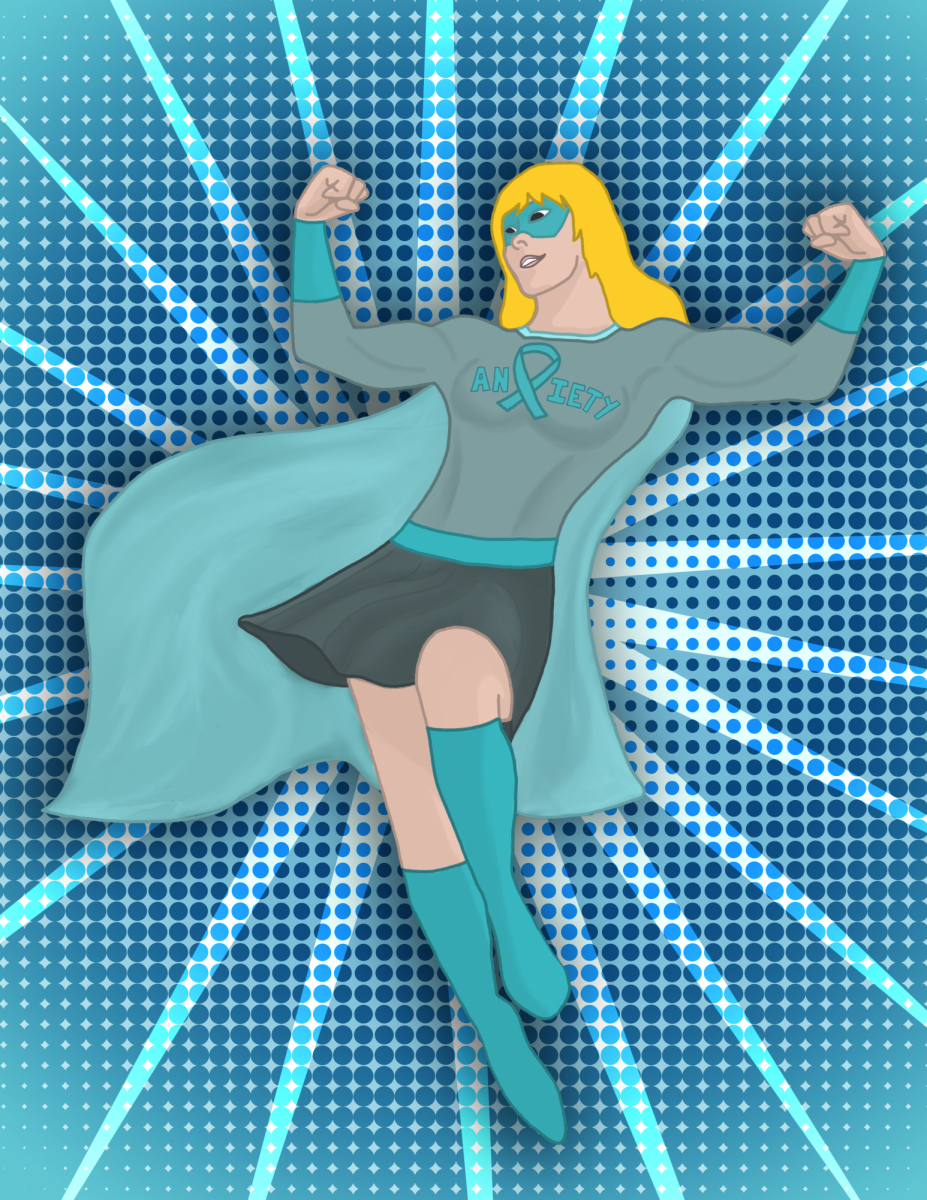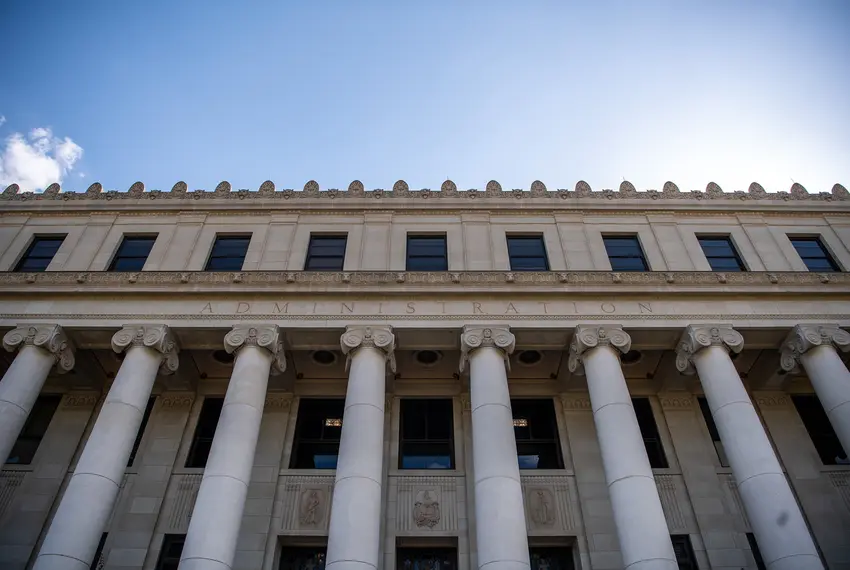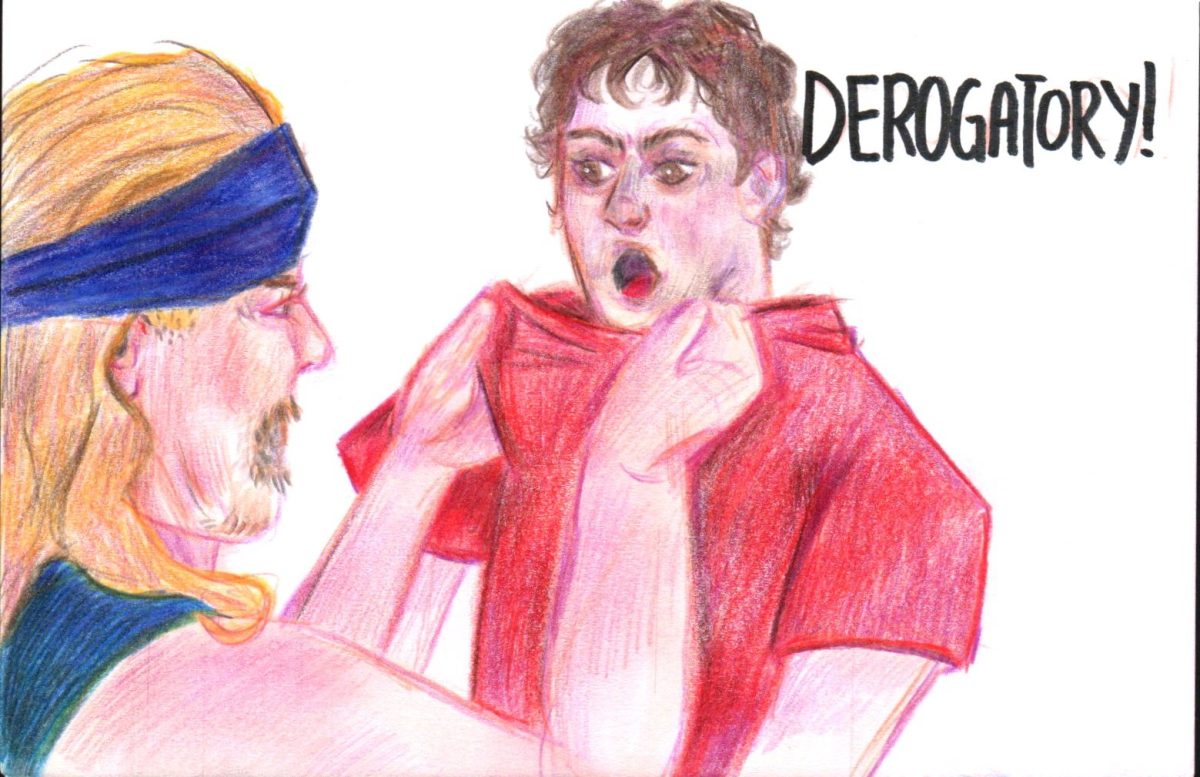Editor’s Note: The names of sources who requested to be anonymous have been altered or removed to protect their identities.
When you hear the phrase “library of the future” what comes to mind? Well, Texas A&M is asking itself just that. Enlisting the assistance of MGT Consulting of America, or MGT, A&M is seeking to research current trends in libraries and identify modifications that will propel our current library system into the world of tomorrow.
As The Battalion has previously covered, the A&M’s library system is set to undergo a redesign intended to reorient the institution into a “service unit.” As part of this initiative, the Office of the President has stated that A&M librarians will be stripped of their faculty status.
Currently, MGT is in the process of meeting with faculty in order to formulate additional recommendations designed to meet the administration’s goals.
However, according to library faculty, communication regarding these changes has been vague and unconstructive.
“None of us have ever gotten a reason as to why all this is happening,” an anonymous library faculty member, “Anne,” said. “No actual tangible reason has been given as to why the library needs to change. [MGT representatives] just kept saying, ‘We want to elevate the libraries.’ And we’re like, ‘What does that mean?’”
So, what aspects of the library does A&M hope to improve? And what is the term “service unit” intended to signify?
A&M Vice Chancellor for Strategic Initiatives Greg Hartman said the transition to a service unit was one meant to reimagine what a library can be.
“You have access to hardcover books, you have access to internet resources, you have access to tutors, you have coffee shops, you have all these things. [The redesign] is to facilitate study and creative interaction in different situations and settings,” Hartman said. “How do we really think about a library being more than just a place where books are stored?”
If the mental image Hartman paints seems familiar, you may have visited the current Sterling C. Evans Library at some point.
Upon entering Evans, a Starbucks can be seen directly to the right, where students and faculty alike can purchase beverages and pastries. Walk past it, and there sit students accessing online materials made available by specialized library faculty. Go up a floor, and you may witness freshmen to seniors sitting side by side receiving tutoring outside of the University Writing Center. On every subsequent floor, one can see Aggies studying and collaborating in common spaces and dedicated rooms.
Need to create a video or audio project? “The Studio” is available to provide the specialized services and equipment necessary to do so, such as soundproof recording rooms and access to Adobe Suite. Require assistance for a research project? Speak to a subject librarian who specializes in your field to get started.
The language surrounding the redesign appears to insinuate that the existing library is somehow deficient, despite this notion being definitively false. The current system — in every sense of the term — is already a service unit which works diligently to assist students and faculty members alike.
So, why attempt to fix what isn’t broken?
Even if the incoming redesign were to improve these aspects of the library, what little has been revealed is already wreaking havoc.
Stripping librarians of their faculty status has left them facing a difficult choice — either find employment in another department, or revert to a staff position. However, finding another faculty position at A&M has proved difficult for many librarians.
“I personally had a very good conversation with my potential department; they sound very supportive of my needs,” Anne said. “A lot of departments have not had the same reaction. They’ve been very, ‘You can’t be a librarian anymore if you come to us,’ or, ‘We need you to teach these classes you may not be qualified for.’”
Given the alternative of accepting a staff position with less job security, many are instead interviewing for positions outside of A&M.
With less faculty, the availability and quality of service the system provides will inevitably suffer — particularly for specialized assistance. With changes set to be implemented on Sept. 1, the future of the library system appears bleak.
“I anticipate that sort of ‘point-of-need’ access to someone to just help you find that book, find that article, explain what the differences between a scholarly article and a whatever, is going to potentially be more limited,” associate professor Sierra Laddusaw said. “We’re at a complete stop. How do we even plan for [Sept.] 1? We don’t know who we’re going to have in the building.”
With faculty leaving A&M entirely and others transferring to another department, it remains unclear what services the library will be able to provide.
“If 20 to 30 of us leave for other departments, that leaves 20 to 30 very big, full-time jobs that cannot be done,” Anne said. “Does that get dumped on the librarians who stay as staff, or do those services merely disappear? That’s kind of up in the air right now. We really don’t know what the library is going to look like.”
Instead of “elevating” our library system, the actions of both A&M administrators and MGT consulting have left a cloud of anxiety and uncertainty. Despite purporting to seek a more service-oriented library, removing faculty has the potential to endanger these very goals.
What is all the more troubling about these changes is the fact that the library plays a pivotal role in our university’s research mission. The talented pool of faculty that support and enable our studies is being drained, and there seems to be no stopping point in sight.
Caleb Elizondo is an engineering freshman and opinion columnist for The Battalion.




